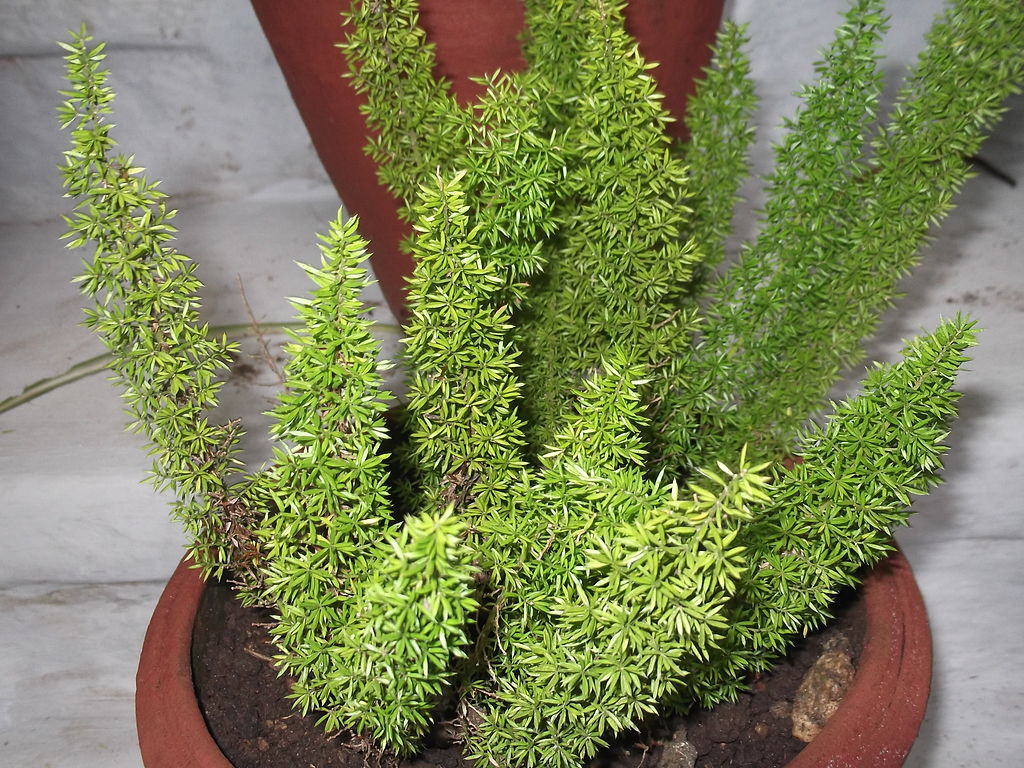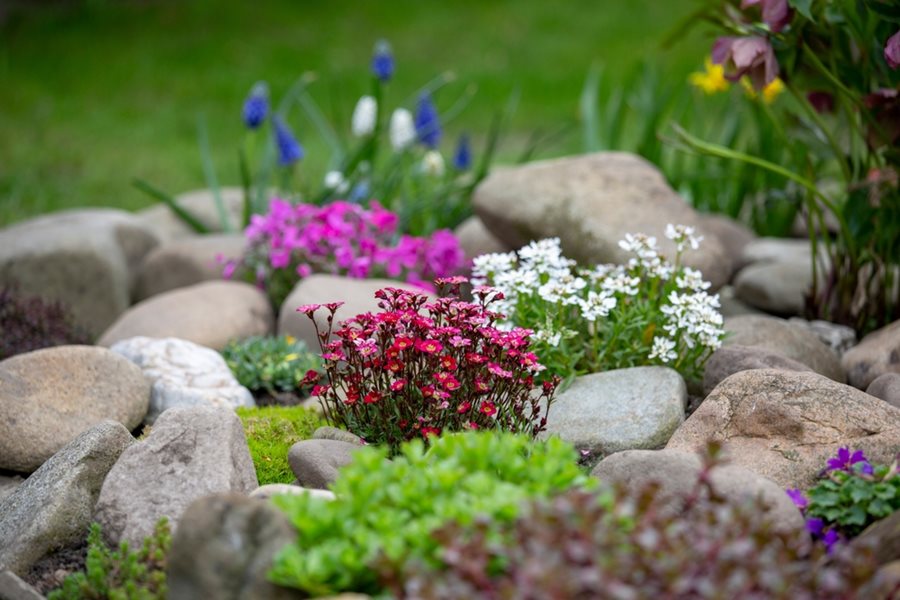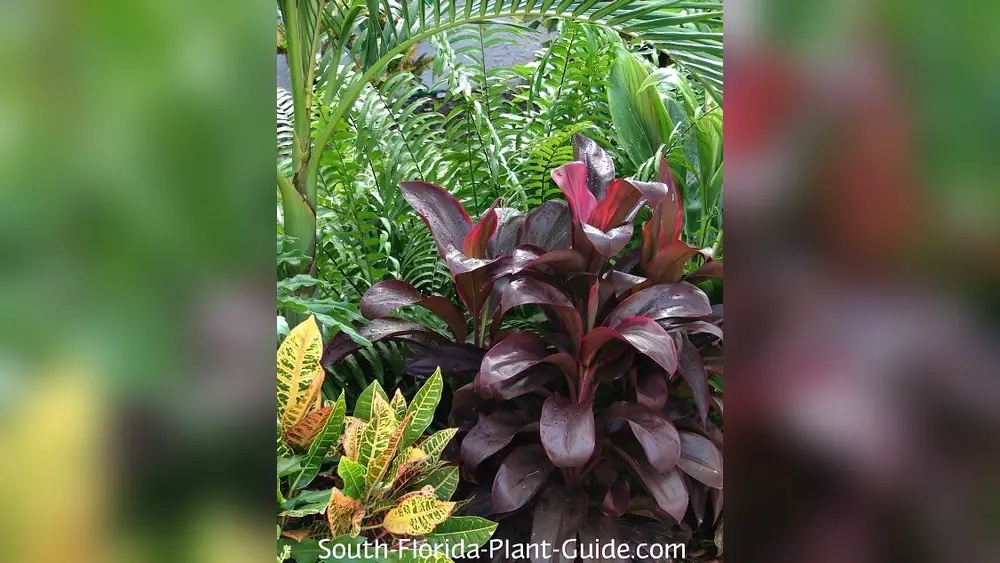Are you looking to transform your Florida backyard into a charming, vibrant space without the hassle of constant upkeep? Choosing the right small plants can make all the difference.
The best small plants for a Florida backyard not only thrive in the warm climate but also add beauty, color, and texture to your outdoor area. Whether you want a low-maintenance garden or a cozy retreat filled with native greenery, this guide will help you pick plants that fit perfectly in your space and lifestyle.
Keep reading to discover the top small plants that will make your Florida backyard a stunning and inviting haven you’ll love spending time in.

Credit: www.groundsource.pro
Top Small Plants For Florida
Choosing the right small plants can transform a Florida backyard into a lively and beautiful space. Small plants fit perfectly in limited areas. They add charm without overwhelming your garden. Selecting plants suited for Florida’s warm climate ensures they thrive with less care. Here are some top small plants that work well in Florida backyards.
Native Drought-tolerant Species
Native plants adapt well to Florida’s heat and dry spells. They need less water and care. Butterfly Milkweed attracts butterflies and adds bright orange blooms. Beach Sunflower has yellow flowers and grows well in sandy soil. Coralbean produces red flowers and stays compact. These plants support local wildlife and save water.
Colorful Flowering Plants
Flowering plants bring color and life to any garden. Firewheel has red and yellow flowers that bloom for months. Mexican Heather offers small purple flowers and stays neat. Pentas show star-shaped flowers in pink, red, or white. These plants brighten your backyard with minimal upkeep.
Compact Shrubs And Groundcovers
Small shrubs and groundcovers fill space and prevent weeds. Dwarf Yaupon Holly is a neat shrub with red berries in winter. Coontie is a tough groundcover with rich green leaves. These plants create texture and keep your garden tidy without growing too large.
Low-maintenance Succulents
Succulents store water and survive hot, dry conditions well. Aloe Vera is useful and easy to grow. Agave has bold shapes and needs little water. Sedum offers clusters of small flowers and thick leaves. These plants require almost no care and add unique shapes to your yard.
Design Tips For Vibrant Gardens
Designing a vibrant garden in your Florida backyard starts with simple, effective tips. Small plants bring life and color, but how you arrange them makes the difference. Thoughtful design creates a welcoming and balanced outdoor space. Use easy techniques to make your garden stand out.
Using The Rule Of Three
The rule of three is a key design idea. Group plants or garden items in threes, fives, or sevens. Odd numbers look natural and pleasing to the eye. Plant three of the same small plant together for a strong impact. Use three pots or stones in a row to add interest. This method guides the eye smoothly across your garden.
Grouping Plants For Visual Impact
Cluster plants with similar needs and textures. Grouping creates bold, clear sections in your garden. Combine different heights and shapes for variety. Place taller plants behind shorter ones to add depth. Avoid scattering plants randomly. A tight group looks fuller and more lively.
Choosing Color Combinations
Pick colors that complement each other well. Use bright flowers with green leaves for contrast. Blend warm colors like red and orange for energy. Cool colors like blue and purple bring calm. Mix soft and vivid colors for balance. Keep color groups consistent to avoid chaos.
Creating Natural Flow And Balance
Arrange plants to mimic nature’s flow. Avoid straight lines or sharp angles. Curved paths and soft edges feel relaxing. Balance tall and short plants evenly on both sides. Use open spaces to give plants room to breathe. This creates harmony and ease in your garden.
Planting And Care Guidelines
Proper planting and care are essential for small plants to thrive in a Florida backyard. Understanding the right soil, water, sunlight, and pest control helps plants grow healthy and strong. This guide breaks down key steps for successful planting and ongoing care.
Soil Preparation And Drainage
Good soil is the foundation for plant health. Florida soils often need organic matter to improve texture and nutrients. Mix compost or peat moss into the soil before planting. Ensure the soil drains well to prevent root rot. Raised beds or mounds can help improve drainage in heavy clay areas.
Watering Needs For Small Plants
Most small plants in Florida need regular watering, especially during dry spells. Water deeply but less often to encourage strong roots. Early morning watering reduces evaporation and fungal risk. Avoid overwatering, which can harm roots and invite pests.
Sunlight Requirements
Sunlight needs vary by plant species. Many small Florida plants prefer full sun, meaning six or more hours daily. Some thrive in partial shade, especially during hot afternoons. Observe your backyard’s light patterns to place plants correctly for best growth.
Pest And Disease Management
Pests and diseases can damage plants quickly if unchecked. Inspect plants regularly for signs of trouble, like spots or holes on leaves. Use natural remedies like neem oil or insecticidal soap first. Keep the area clean of fallen leaves and debris to reduce pest habitats.

Credit: planetdesert.com
Creating Low-maintenance Landscapes
Creating low-maintenance landscapes in a Florida backyard saves time and water. It also keeps your garden healthy and attractive all year. Choosing the right plants and design helps reduce work and cost. Smart landscaping focuses on nature’s help instead of fighting it.
Rain Gardens For Water Control
Rain gardens catch rainwater and stop flooding. They use plants that like wet soil and soak up water fast. This helps keep your yard dry and stops erosion. Good plants include goldenrod, swamp sunflower, and milkweed. Rain gardens need little care once set up. They make your yard look natural and manage rain well.
Selecting Florida-friendly Plants
Florida-friendly plants need less water and fertilizer. They thrive in the hot, humid climate. Examples are butterfly milkweed, coralbean, and beach sunflower. These plants resist pests and survive drought. Choose small plants that fit your space and soil. They lower maintenance and keep your garden green and bright.
Combining Hardscape With Plants
Hardscape means paths, rocks, and patios in your yard. Mixing hardscape with plants creates balance and beauty. Use stones or mulch to reduce weeds and keep soil moist. Group plants in threes for a natural look. Hardscape cuts down on lawn area that needs mowing. This blend saves time and makes your yard inviting.
Tips For Sustainable Gardening
Use mulch to keep soil cool and moist. Water plants early in the morning to reduce evaporation. Choose native plants that support local wildlife. Avoid chemicals; use natural pest control methods. Keep compost to recycle garden waste. These steps help the environment and make your garden easier to care for.
Small Plant Varieties To Avoid
Choosing the right small plants for a Florida backyard is important. Some plants may cause problems or fail to thrive. Knowing which varieties to avoid helps create a healthy, beautiful garden. Below are types of small plants that often cause issues in Florida yards.
Invasive Species Risks
Some small plants spread quickly and harm local ecosystems. These invasive species outcompete native plants for space and nutrients. They reduce biodiversity and disrupt wildlife habitats. Avoid plants like Brazilian pepper or air potato in Florida gardens. Planting invasive species can lead to costly removal efforts later.
High-maintenance Plants
Some plants need constant care, which can be hard for busy gardeners. High-maintenance plants require frequent watering, pruning, or pest control. They may also need special soil or fertilizer. Examples include certain ferns or tropical flowers that do not suit Florida’s conditions well. Choosing low-maintenance plants saves time and resources.
Plants Unsuitable For Florida Climate
Florida’s hot, humid climate challenges some small plants. Plants from cooler or dry regions may not survive here. They may suffer from heat stress, diseases, or poor growth. Avoid plants like lilacs or certain types of maples that need cold winters. Select plants that thrive in warm, humid environments instead.

Credit: www.gardendesign.com
Frequently Asked Questions
What Is The Best Low-maintenance Landscape In Florida?
The best low-maintenance landscape in Florida uses native plants like goldenrod, swamp sunflower, and muhly grass. Rain gardens control water naturally. These plants thrive in Florida’s climate, require minimal watering, and resist pests, making them ideal for easy-care, sustainable landscaping.
What Outdoor Plants Are Good For Florida?
Florida outdoor plants thrive in heat and humidity. Choose Butterfly Milkweed, Gumbo Limbo, Coco Plum, Seagrape, Coralbean, Firewheel, Beach Sunflower, and Yaupon Holly for drought tolerance and vibrant landscapes.
What Is The Rule Of 3 In Landscaping?
The rule of three in landscaping groups plants or elements in threes to create balance, flow, and visual interest. It avoids symmetry, making designs feel natural and dynamic. This principle enhances cohesion and depth in outdoor spaces for a harmonious look.
What Outdoor Plants Stay Small?
Outdoor plants that stay small include dwarf boxwood, lavender, creeping thyme, succulents, and miniature roses. These plants suit compact spaces and require minimal pruning.
Conclusion
Choosing the right small plants makes your Florida backyard lively and inviting. These plants thrive in Florida’s climate and need little care. Grouping plants in threes adds balance and natural flow to your garden. Use a mix of colors and textures to keep it interesting.
Small plants can create cozy spaces without crowding. With simple choices, your backyard becomes a beautiful, relaxing place. Enjoy gardening and watch your Florida backyard bloom with life and color.

